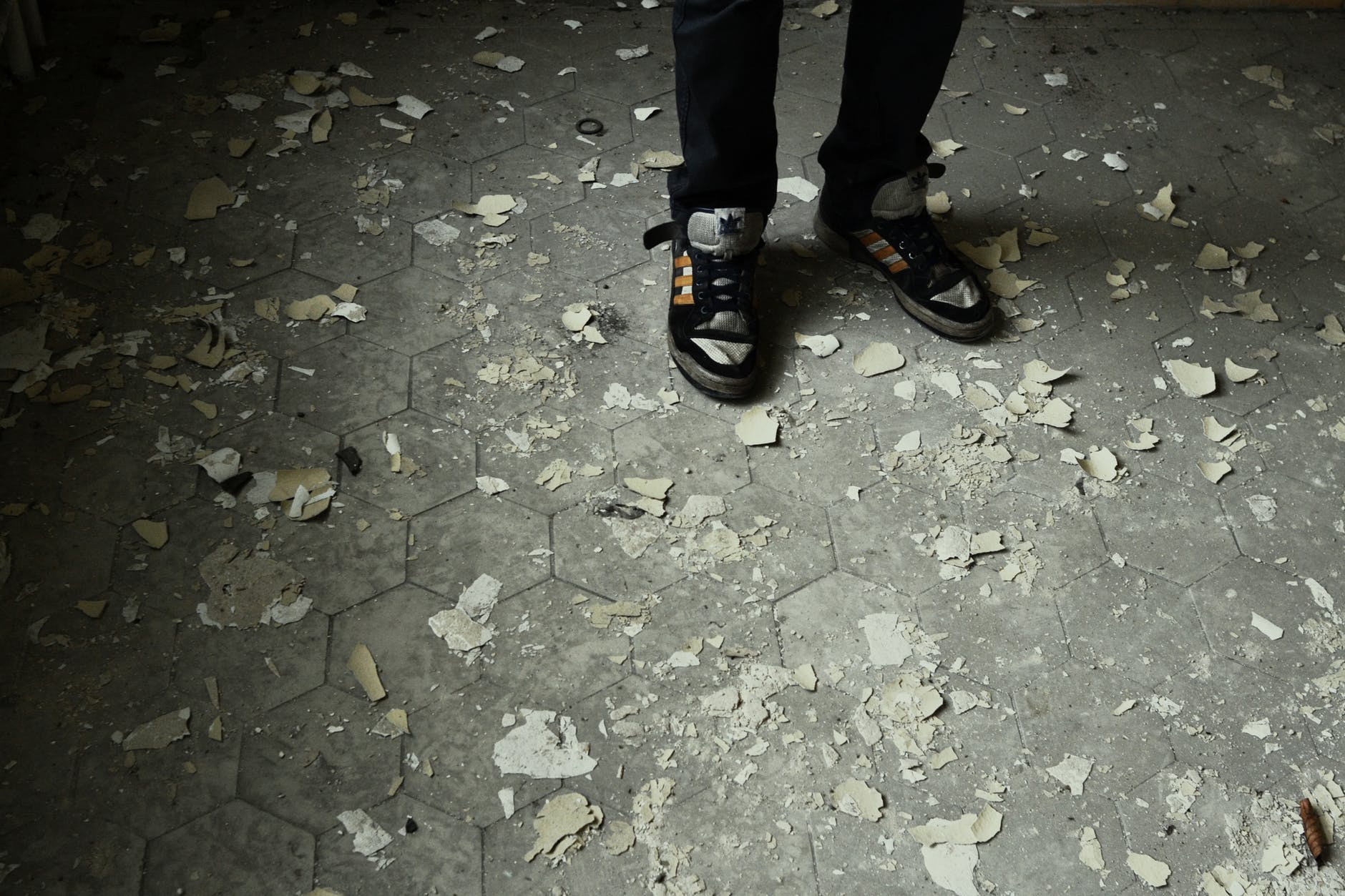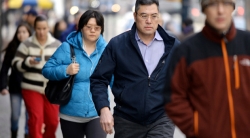
Last week three people within 30 hours in Metro Vancouver lost their lives doing a very simple act-walking on the street. A senior was mowed down by a truck in the early afternoon. And a 40 year old woman and a man in his thirties lost their lives at 5:00 a.m. and 5:50 p.m., both times on dark streets. The man had tried to cross the street near the Ladner McDonald’s,had tripped on the median and was then struck by a vehicle. He was the father of three children ranging from 13 years to 18 months. His eldest children had lost their mother ten years ago.
There is already a go fund me page for the young family of that Dad, Robbie Oliver, who was self-employed as a roofer. He was well loved and respected in Ladner, and the community has already held a candlelight vigil for him at the site of the accident.
We somehow have to stop thinking that these needless deaths are necessary collateral to the use of vehicles. This CBC article with author Neil Aranson talks about making cars smarter . The large denlike vehicles so popular today increase the likelihood of a pedestrian fatality by 50 percent. Neil who wrote ” No Accident: Eliminating Injury and Death on Canadian Roads” also suggests that while the European Union and Japan require pedestrian survivable design in their manufacturing rules, North America does not. Outrage and insistence is needed to get vehicular manufacturers to do better.
But there is more to safe streets than vehicular design. Speed, visibility, road design, and driver behaviour are also important factors. The B.C. Coroners Service in their 2019 report identified that “from 2008 to 2016, more than one-third of traffic fatalities involved drugs or alcohol. ”
Of the 314 traffic fatalities in B.C. in 2018, 18 percent were pedestrians. Across the province 43 pedestrians died in 2017; that number increased to 58 people in 2018. ICBC, the insurance corporation estimates that in Metro Vancouver 2,100 vehicular crashes involve a pedestrian annually. A study done by Transport Canada in 2011 showed that 63 percent of fatalities at urban intersections were pedestrians aged 65 or older.
November, December and January are the danger months for pedestrians in Metro Vancouver. There is darkness, rain, and road glare and many intersections are not well lit. The City of Vancouver has hinted at installing more Leading Pedestrian Intervals (LPIs) which allow a pedestrian a “lead green time” when crossing. NACTO (the National Association of City and Transportation Officials) cite LPIs as reducing pedestrian crashes by 60 percent. There are several thousand LPIs installed in New York City, and the cost per intersection is minimal at $1,200 U.S. dollars.
Reducing speed at intersections allows for drivers to have more reaction time. And in Europe as part of Vision Zero (Zero deaths on the road) Finland requires pedestrians to wear some type of small reflective toggle.
Finland actually developed the pedestrian reflector in the 1960’s and as part of an overall strategy to reduce pedestrian deaths has been relatively successful. Finland’s rate of pedestrian deaths to all road deaths is 11%. Canada’s rate of pedestrian deaths to all road deaths is 18%.
Each school child must have three reflectors on their clothing or backpack. This allows for an increased visibility from 150 meters to 600 meters. Adults are also required to wear this reflectivity, and there is a 50 percent compliance rate in the cities, and 75 percent compliance in the rural areas. In Vancouver Sabina Harpe and Lynn Shepherd explored the use of reflectivity in their Walk and Be Seen project at the Westside Seniors Hub.
It is one more dark, rainy night tool for pedestrian safety while the wild west of vehicular driver dominance-which has little legal punitive repercussions for deaths-still thrives.
Hearing that the “driver remained at the scene” is not enough to address road violence. It is a multi-pronged approach of insisting on better vehicular design, slower speeds in poor visibility , well lit intersections, and finding some acceptance for wearing small reflective products.
Will three pedestrian deaths in thirty hours be the road violence wake up call in Metro Vancouver?


